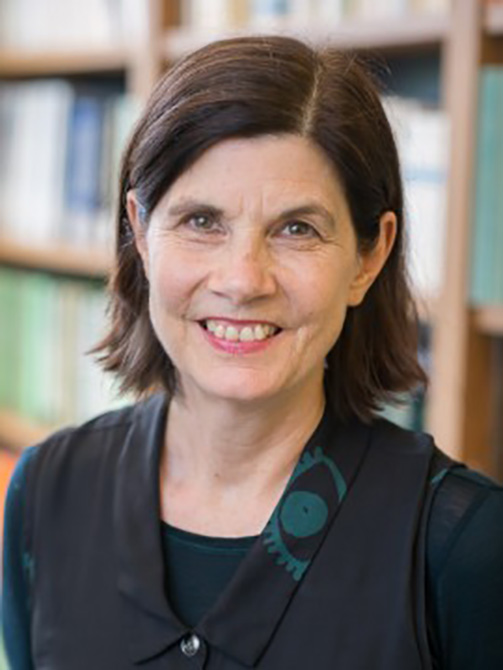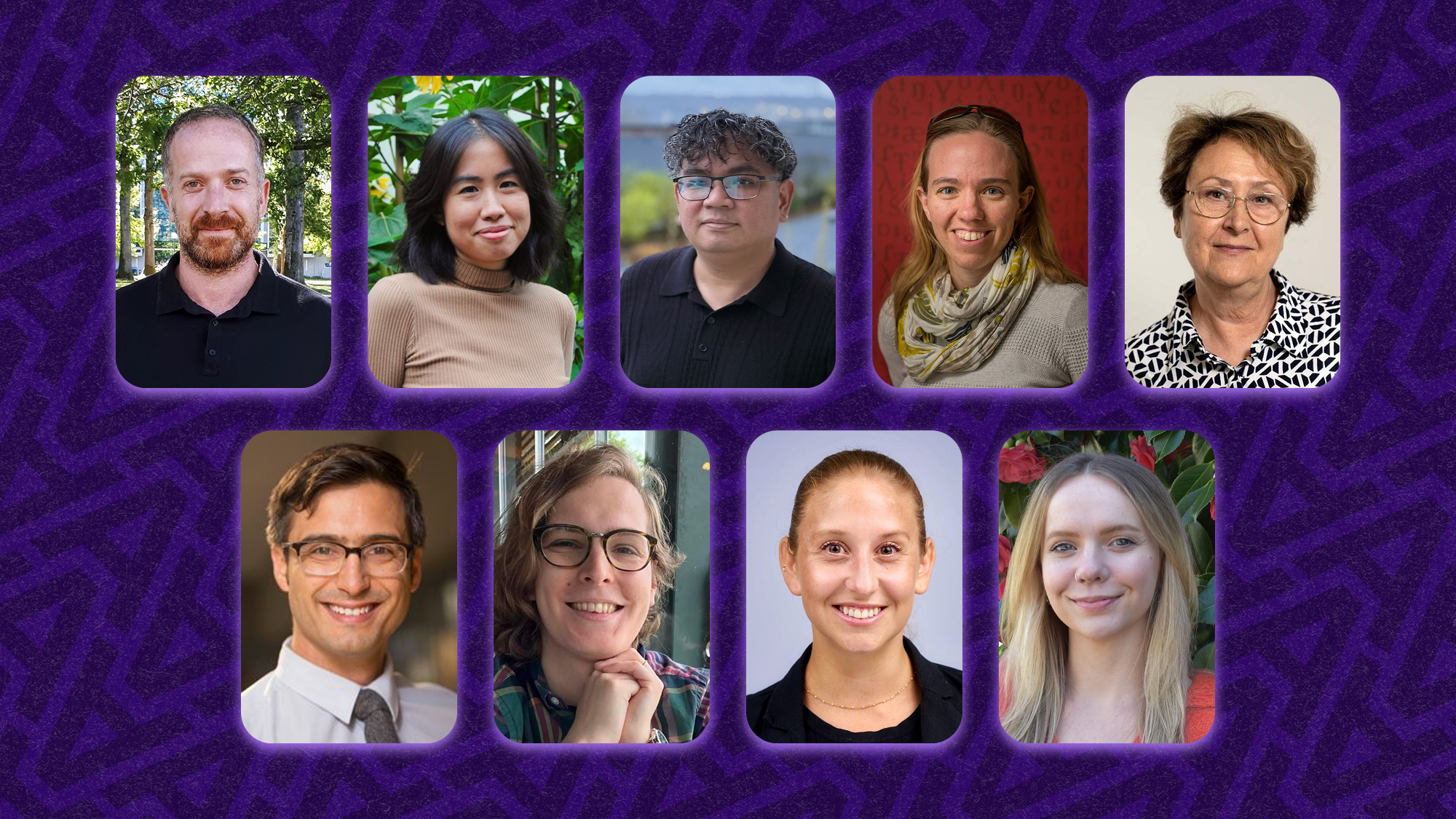By Loren Plottel
Every Canadian working mother has wrestled with the issue of childcare. Those not fortunate enough to have family or close friends to help, have few options.
Every Canadian working mother has wrestled with the issue of childcare. Those not fortunate enough to have family or close friends to help, have few options. They can either wait to get their child into one of the precious few daycare spots available, or they can hire a nanny. The least expensive is a live-in domestic caregiver.
Canada is the only country in the world to offer migrant domestic workers the opportunity for citizenship after a period of time as a live-in caregiver. The Live-in Caregiver Program (LCP) allows foreign caregivers with a temporary work visa to apply for permanent residence status after completing 24 months as a live-in caregiver. On the surface, it sounds like a win-win situation. Canada gets the human capital to fill jobs not favored by its own citizens, and the immigrant worker gets the opportunity to become a Canadian citizen. But for many women taking advantage of this program the trade-offs are enormous.
Many of these immigrant women are mothers themselves. Not only have they left their homes, most commonly in the Philippines, but they’ve left their children behind as well.


“They come to Canada with the best intentions of making a better life for themselves and their families,” says UBC Geography professor and researcher Dr. Geraldine Pratt. “But the dream and the reality are often not one and the same.”
Many of these children are babies when their mothers leave. An average of eight years pass before mother and child are reunited. In the interim, these children are cared for by grandmothers, aunts, and other extended family members.
“They come to Canada as teenagers often not knowing their mothers very well,” explains Pratt. “They struggle with a new culture, a new community, sometimes a new language and the loss of the family they left behind.”
Unlike when fathers leave to work overseas, a mother’s absence creates an enormous disruption to the family unit. Often children are forced to leave their homes and move in with relatives, and are sometimes separated from their siblings.
“If a father leaves, the nuclear family usually stays intact,” says Pratt. “When a mother leaves everything changes.”
Once parent and child have been reunited in Canada, the mothers are no longer live-in domestics and often juggle multiple jobs during the day and school at night. Children may rarely see the parent, increasing their sense of isolation.
Pratt has been studying this issue for more than 10 years. A mother herself, Pratt struggled with the issue of childcare and experienced the sad lack of reasonable alternatives for working mothers.
“This has really become a pressing social issue,” she says. “It starts with the individual coming to Canada to work, but it morphs into an immigration issue when mothers bring their children to Canada.”
The federal government insists the LCP is a temporary worker program and not a migration program, and as with other temporary work programs in Canada there has been a massive increase in applications. Over the past decade in the LCP program alone, there has been an increase from 5,000 to 22,000 applicants.
The questions Pratt raises are hard to ignore. Should we let these women migrate as families? And what are the economic implications? From a Canadian perspective, no one wants to see marginalized youth and all the associated challenges. One of Pratt’s studies shows that in B.C. a quarter of Filipino girls and more than a third of Filipino boys entering grade eight in the late 90’s had still not graduated by 2003.
“What ends up happening in many cases, is that the kids have less education and fewer job skills than their mothers,” says Pratt. “There is no point in setting up a system that is designed to fail.”


